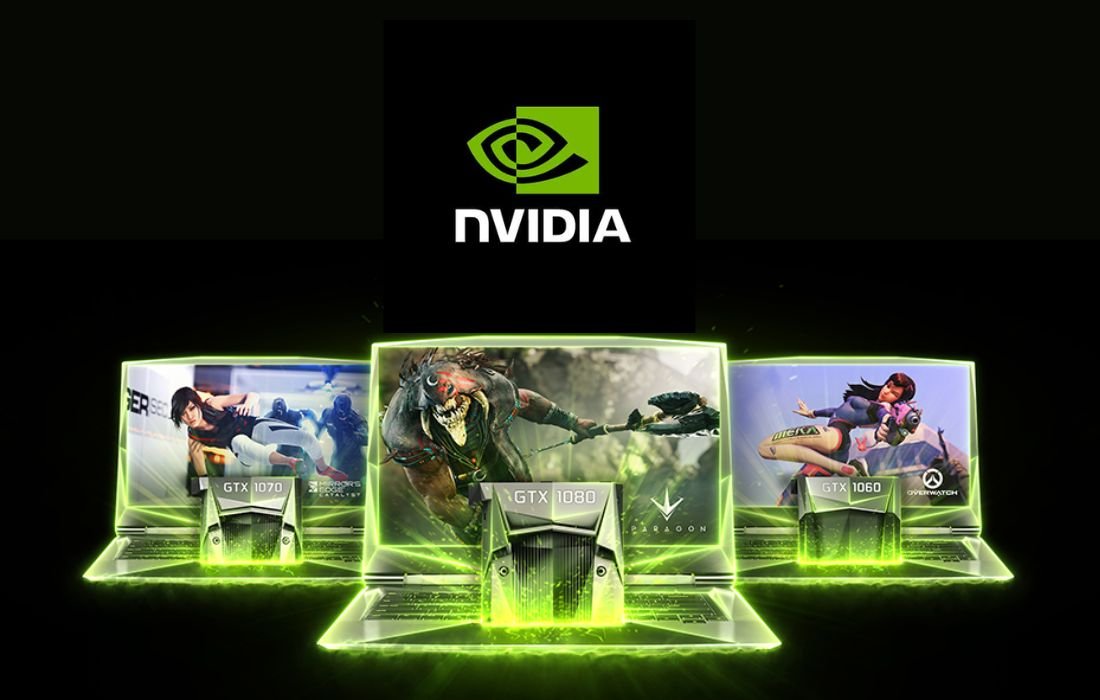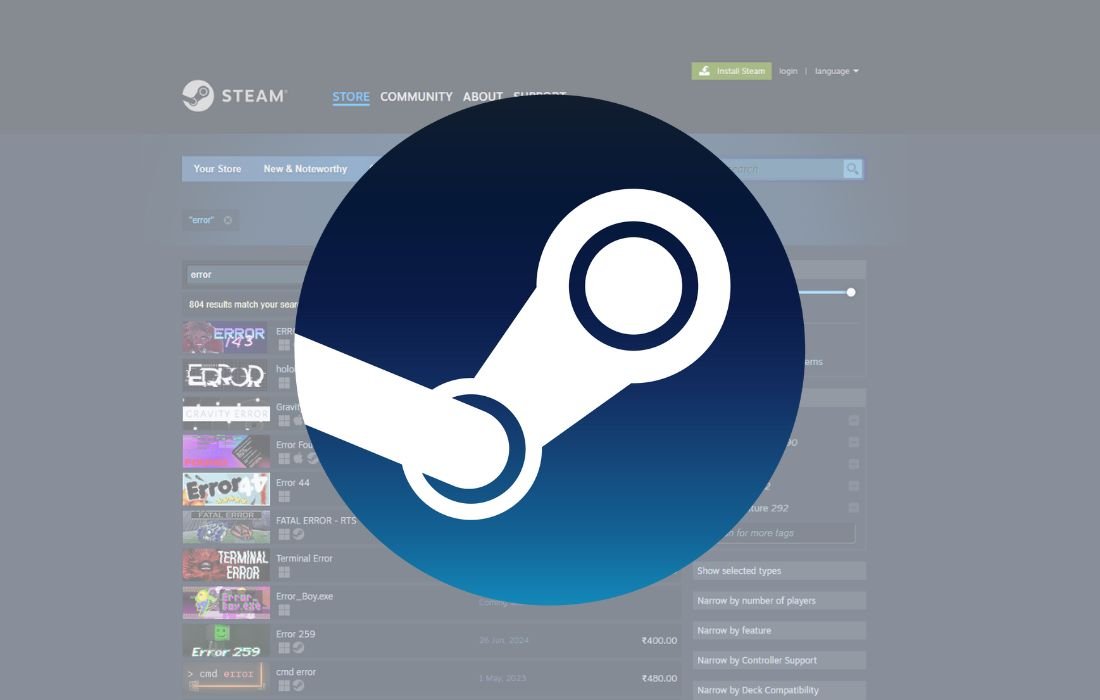Discover the key differences between DirectX 12 and Vulkan, and learn how each API impacts gaming performance, compatibility, and overall experience.
In the world of PC gaming, players are increasingly given a choice between two popular APIs: DirectX 12 and Vulkan. This decision can be vital to your game running smoothly on your computer, but discerning the difference isn’t always clear. Now, let us explain the differences and show you which of these two APIs could be better for your gaming needs.
What Are DirectX 12 and Vulkan?
DirectX 12 and Vulkan are comparisons of two Application Programming Interface or APIs. Their main purpose is to enable programs, such as games, to work well with your PC and its hardware, more so the graphics card. APIs help create a better and faster game and make the graphics simple for the system to load and process data.
DirectX is a toolkit consisting of application programming interfaces created by Microsoft, and the most recent one is DirectX 12. It is associated with Direct3D, the graphics component utilized in playing. Vulkan, on the other hand is a graphics only API developed by the Khronos Group. The technology known as Vulkan stemmed from the Mantle project, which was left behind by AMD and has now replaced OpenGL.
Yes, both APIs have the same purpose of interfacing hardware, but the way they do it and the platforms they support are greatly different.
Performance: Is Vulkan Faster Than DirectX 12?
As for performance, Vulkan is often preferred on lower-tier systems for some reason. As Vulkan is an API with low overhead, it can spend fewer system resources, such as the CPU and memory, which is appropriate for computers with the less powerful CPUs. I see Vulkan outperforms here in games such as Red Dead Redemption 2, where Vulkan yields higher framerates than DirectX 12. However, Vulkan’s frame rates are more changeful in many cases, despite DirectX 12 providing more stable performance.
So, if you compare Vulkan with other APIs on mid-range or below, then you can get better performance while playing the game. However, with high-end systems, DirectX 12 can really maximize a CPU and a GPU, granting both equal visual performance at higher FPS consistency. Thus, if your hardware is optimized for DX12, you could probably get the best out of it.
Visuals: DirectX 12 vs Vulkan
In fact, the quality of the output images of the two APIs is virtually indistinguishable when running a game at a specific graphical configuration. It might be Vulkan or DirectX 12; regardless of which one is used, the game will appear to be the same in the eye of the viewer when the settings of similar graphics in the game have been adjusted. This is more or less related to the game developers and those graphical options selected in a given API.
This implies that unlike in the case of choosing between Vulkan and DirectX 12, the competition should not be over finely tuned graphics.
Vulkan’s Cross-Platform Advantage
Compatibility might be among the largest distinctions between DirectX 12 and Vulkan. DirectX is currently linked to the Microsoft brand, and as such, it supports Windows and Xbox. That being said, Vulkan is a cross-platform API that can be used on Windows, Linux, Android, MacOS, and some consoles like Nintendo Switch.
Regarding developers, one of the crucial aspects that make Vulkan attractive is that this API can be used on different operating systems. So, in the long run, given that gaming is heading to the cloud and mobile devices, Vulkan can become even more attractive. Due to the possibility of having a single instance of a game and simply porting it to other systems with few alterations, Vulkan may encourage a much more fundamental kind of game variety.
Choosing Between DirectX 12 and Vulkan
In this case, the main factors that one should consider when choosing between DirectX 12 and Vulkan are as follows: However, if your gaming hardware is on the low side, Vulkan can give you a very marginal performance lift. We have seen some players pointing to an uplift in the FPS when utilizing Vulkan, which includes the RDR2 on older or less potent systems. In high-performance computers specifically, DirectX 12 is often favorable due to the amount of CPU and GPU usage in the system and graphics compartment.
However, the practical performance of each API may be characterized by how successful developers of a specific game are in their efforts to optimize a game for a certain API. Direct X 12 has been available for a longer time, and many developers might know the inner mechanics of Direct X 12 better to implement it better most of the time. But Vulkan is relatively new, is designed for multiple platforms, and is already gaining developers’ attention rather fast.
Final Thoughts: Which Is Right for You?
Lastly, the choice between DirectX 12 and Vulkan is also dependent on your gaming rig and personal preference. Still, Vulkan could provide the slightest edge if you work on the old equipment, while DirectX 12 can open up the full potential of the powerful equipment. We suggest that you use both if you are presented with the option within a game because some titles perform better with one API over the other.
While Vulkan is still gaining compatibility and has recently been around for a few years, DirectX 12 has been around for a long time. Compared to the current landscape of gaming, it will pay to note that the API you choose might be significant in your overall setup, so try to mix it up!
Also Read: How to Disable Secure Boot on HP Laptop Windows 11?











